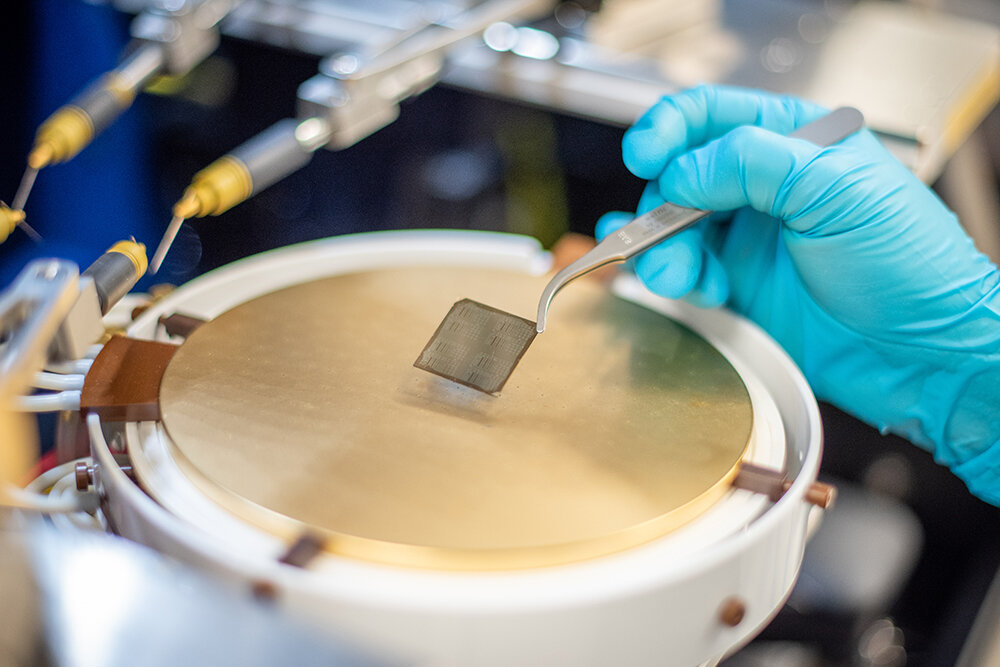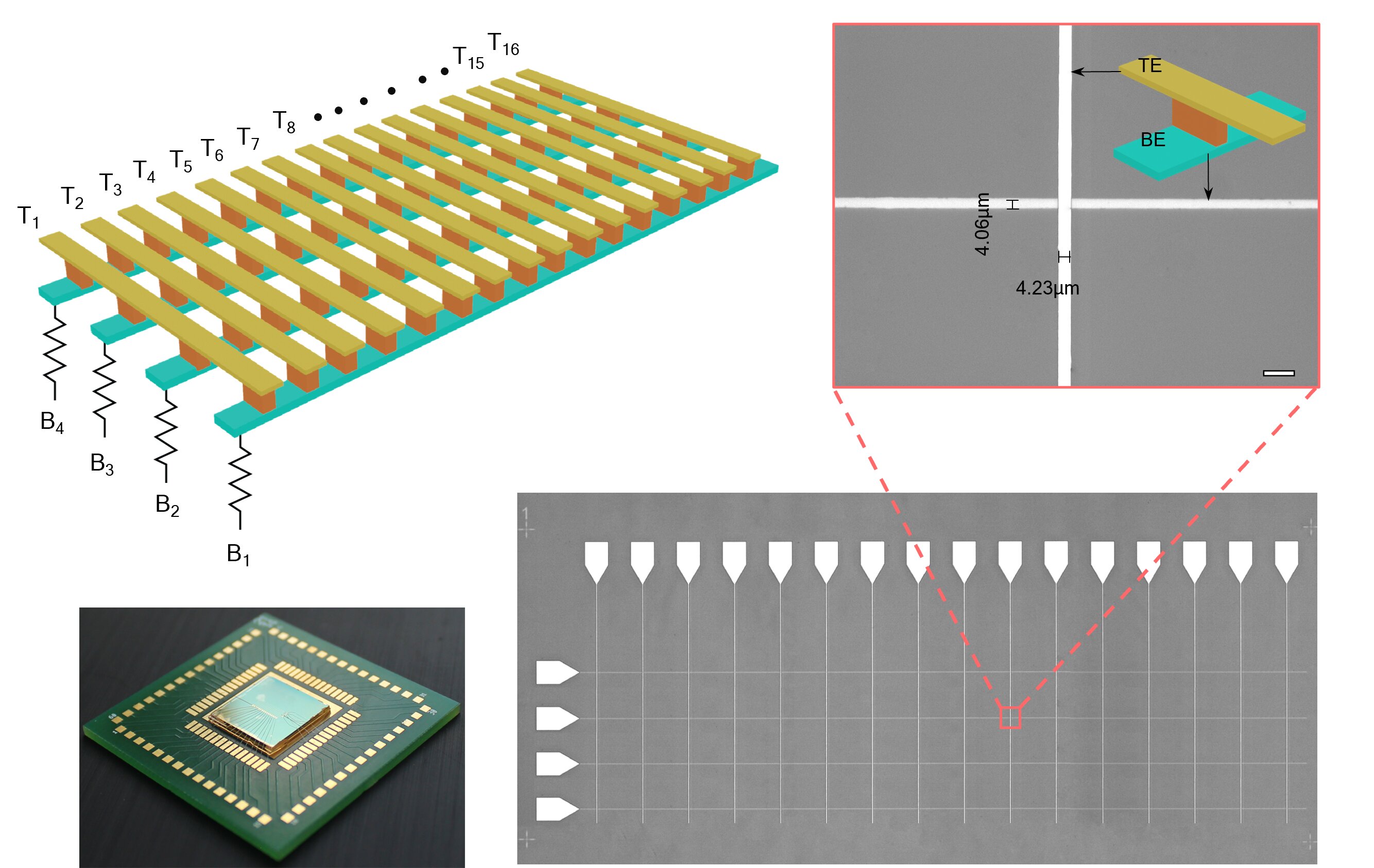
Kerry Vahala and collaborators from UC Santa Barbara have found a unique solution to an optics problem. When we last checked in with Caltech’s Kerry Vahala three years ago, his lab had recently reported the development of a new optical device called a turnkey frequency microcomb that has applications in digital communications, precision time keeping, spectroscopy, and even astronomy.
This device, fabricated on a silicon wafer, takes input laser light of one frequency and converts it into an evenly spaced set of many distinct frequencies that form a train of pulses whose length can be as short as 100 femtoseconds (quadrillionths of a second). (The comb in the name comes from the frequencies being spaced like the teeth of a hair comb.)
Now Vahala (BS ’80, MS ’81,...
Read More









Recent Comments